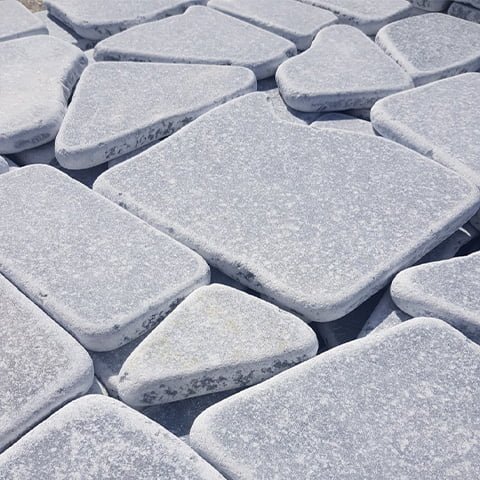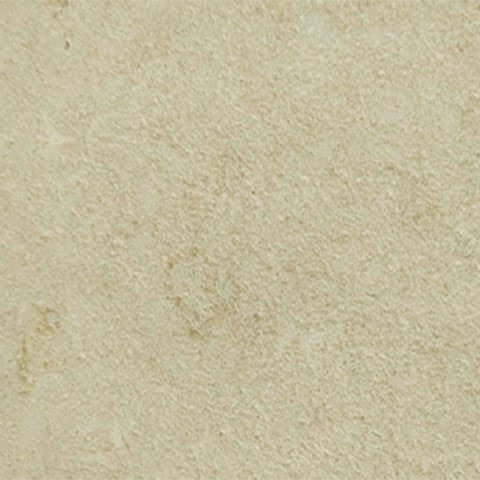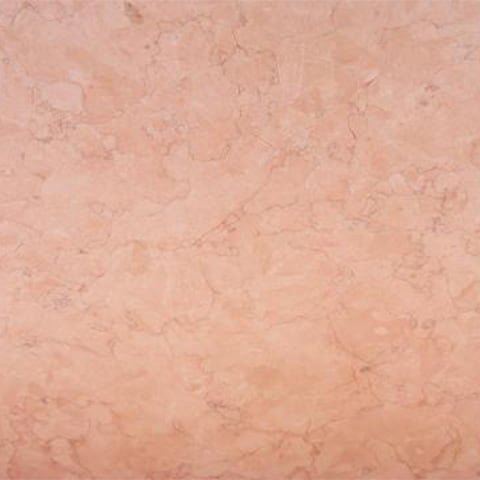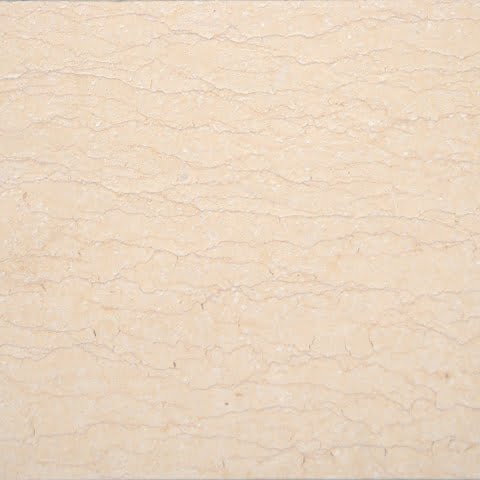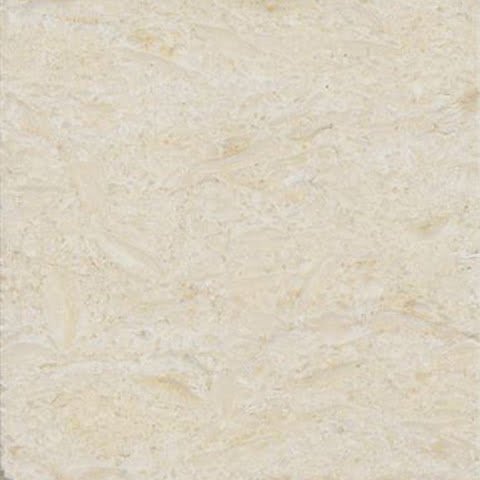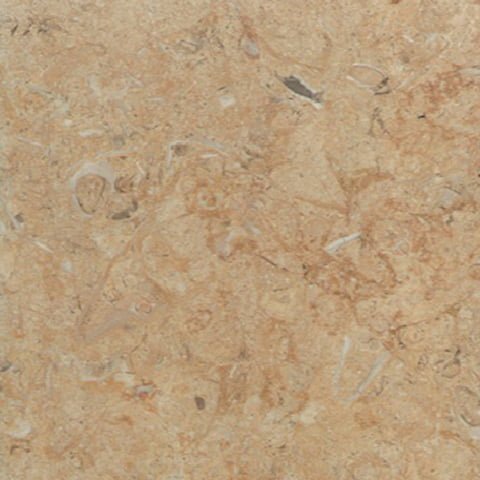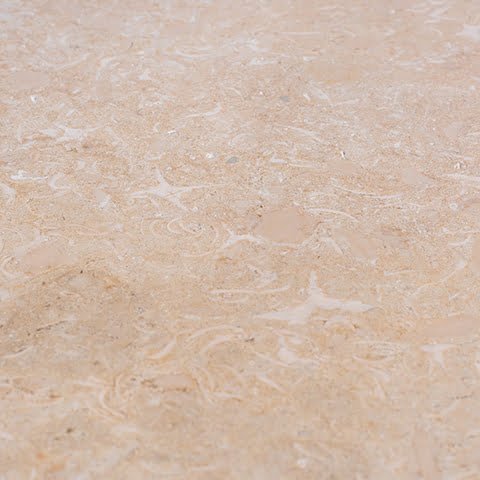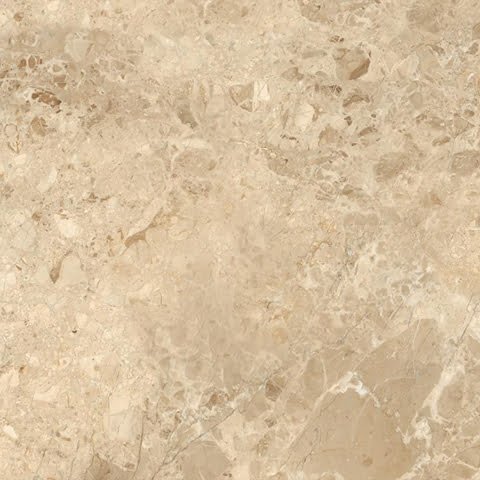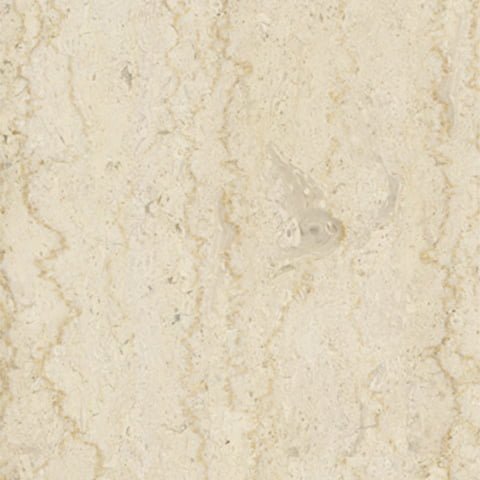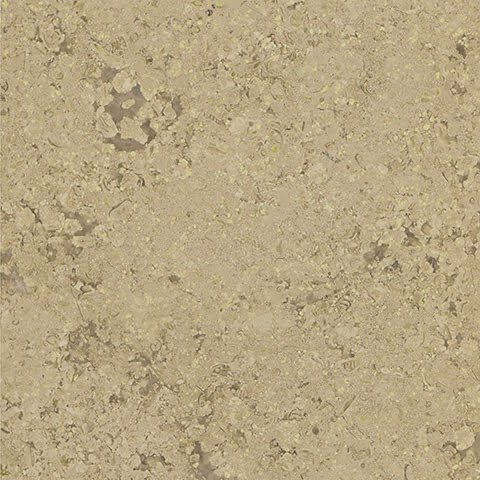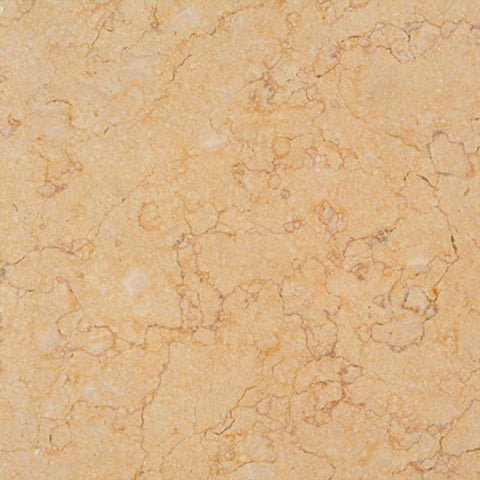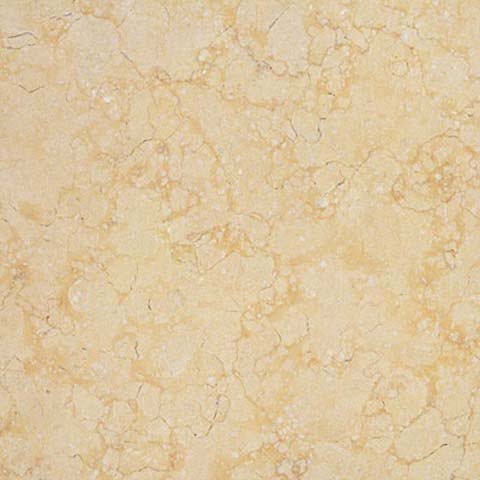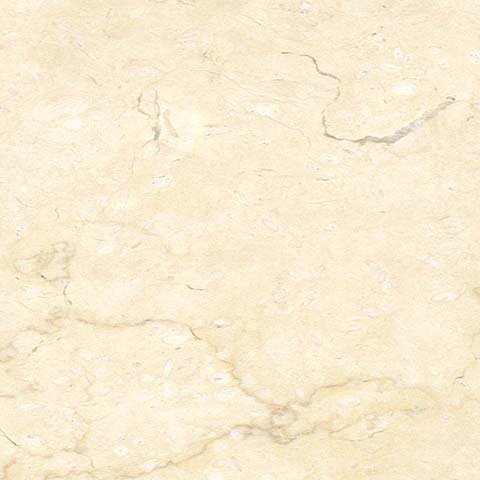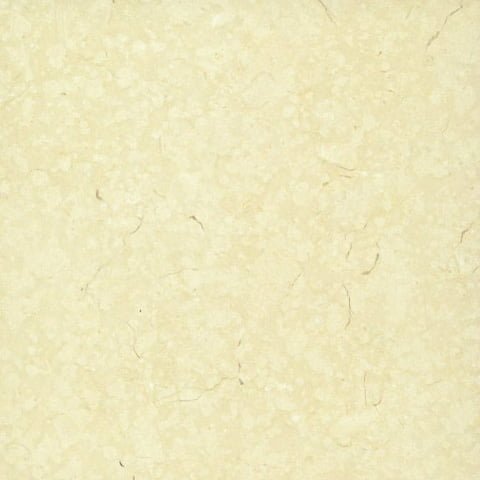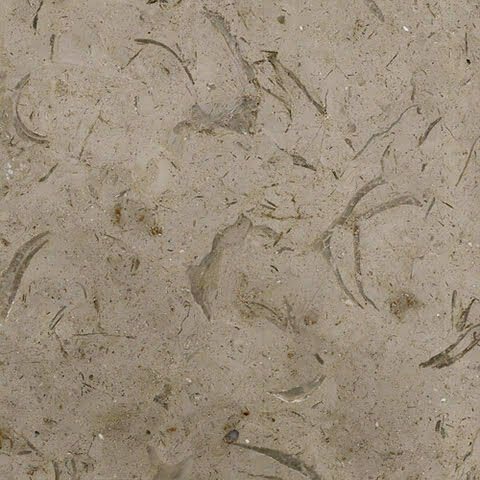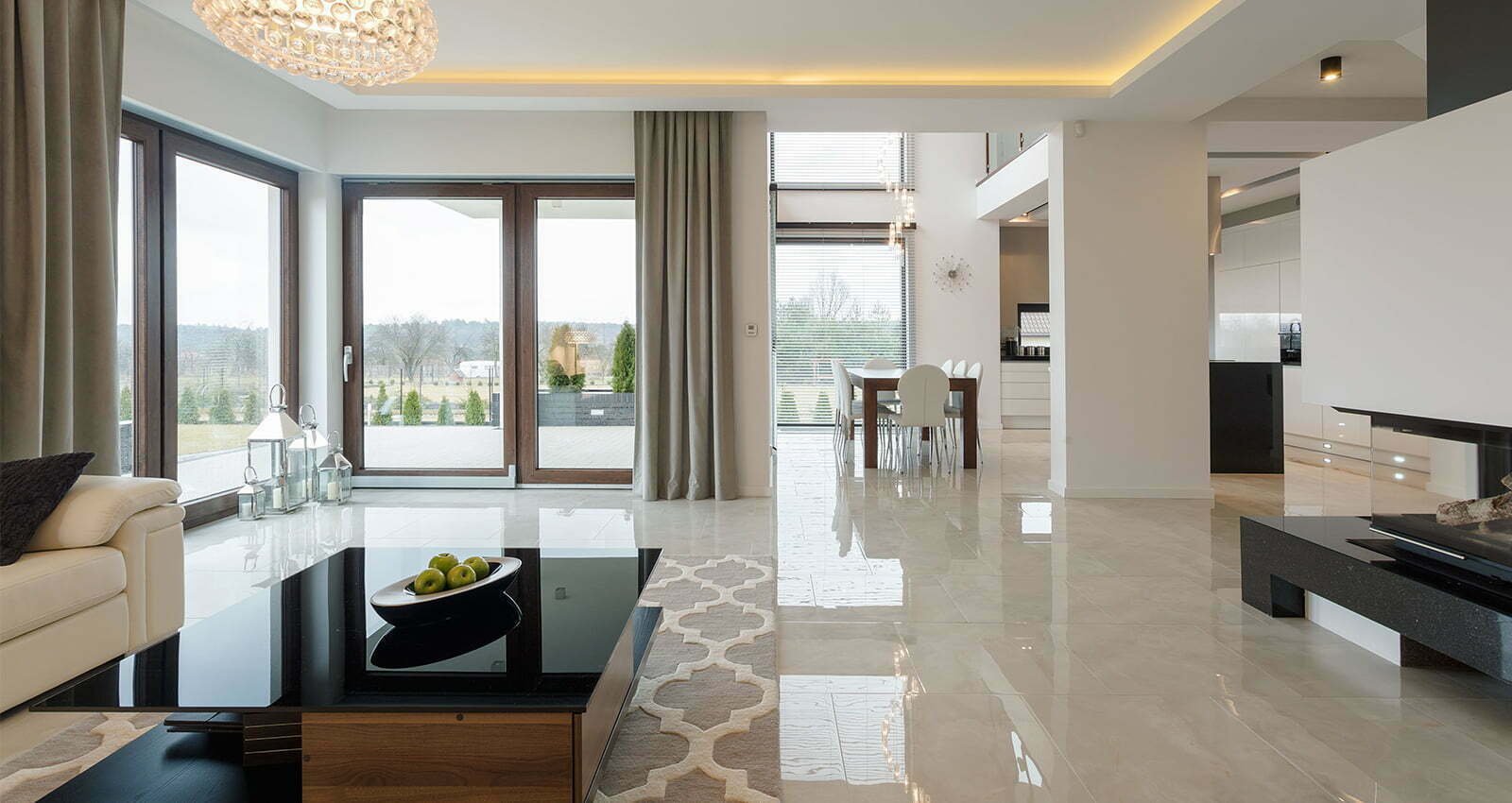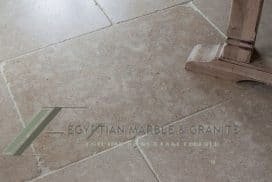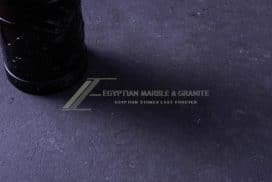Flawless Styles
Egyptian natural stones can also be utilized for decorative purposes such as ceilings, floor and wall tiles. This stone is very popular and can be found in hotels, bungalows, businesses, museums, water features, and art – thanks to its regal appeal. Atriums, commercial malls, private homes, and condominiums are all decorated with mosaic tiles. Pure Egyptian Natural stones is still utilized for statues, gazebos, columns, flowerpots, and other items as it was tall throughout time.
When it comes to home décor, many people choose the opulence and elegance of Egyptian natural stones . it is, of course, a significant part of this, and it is currently used to decorate homes in several ways. please check different application
Displaying Egyptian-styled antiquities is a terrific way to incorporate this majestic stone into your house. Keep your marble tile display to a single spot and avoid overcrowding the rest of the house with them to make them stand out.
Timeless Design
Every room where Egyptian marble is used exudes an air of refinement. This amazing stone is known for its wonder and beauty and used to construct spectacular and exquisite interiors all over the world. When used in kitchen countertops and bathrooms, marble is synonymous with luxury and creates a high-end, opulent look. It can be utilized to spruce up interiors, from farmhouse styles to creating contrasts with slick surfaces for a contemporary aesthetic.
Egyptian natural stones is an exceedingly unique home décor item that can add a touch of elegance to any space. Choosing the right type of natural stones for a genuinely stunning appearance is essential. it is genuine and can add a much-needed refined and fancy polished t to your home. The art, history, and, of course, architecture of Egypt is well-known.
Egyptians produced some of the world’s most recognized landmarks, including the pyramids and sphinxes, which are as popular today as they were when they were erected. One of the most common architectural materials employed in their numerous structures was marble. its timeless and durable, and they may be utilized for a whole slew of applications. floors, wall tiles, and countertops are a smart investment.
Maintenance and cleaning
Maintaining the timeless allure of marble necessitates a blend of consistent cleaning practices and precautionary measures. Begin with daily upkeep, using a soft, dry cloth or dust mop to eliminate particles and a damp cloth, employing pH-neutral cleaners or water, for light cleaning. Adopt preventive measures such as using coasters and mats to shield against scratches. Swiftly address spills with immediate blotting, employing a soft, damp cloth for liquids, and a dry cloth for solids. Regular sealing is imperative to create a protective barrier against stains, with the frequency contingent on usage.
When dealing with stubborn stains, resort to pH-neutral marble cleaners or natural remedies like a baking soda and water mixture. However, avoid acidic or abrasive cleaners, as they can harm the porous surface. Incorporate periodic professional maintenance, including deep cleaning and polishing for sustained brilliance. Exercise caution with marble floors, sweeping regularly with a soft broom and refraining from excessive water use during cleaning. These practices, coupled with gentle care, will ensure your marble retains its enduring elegance.

